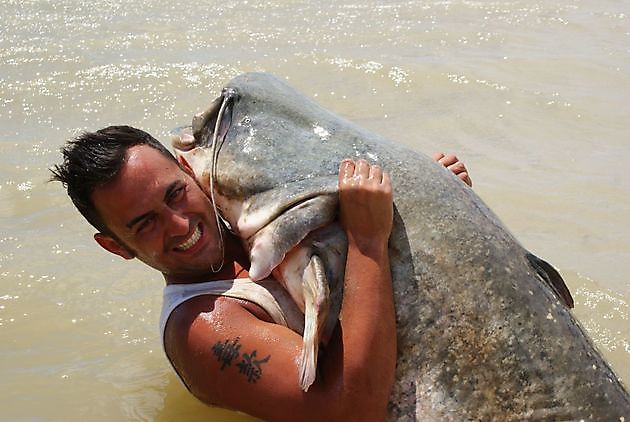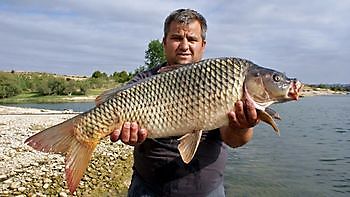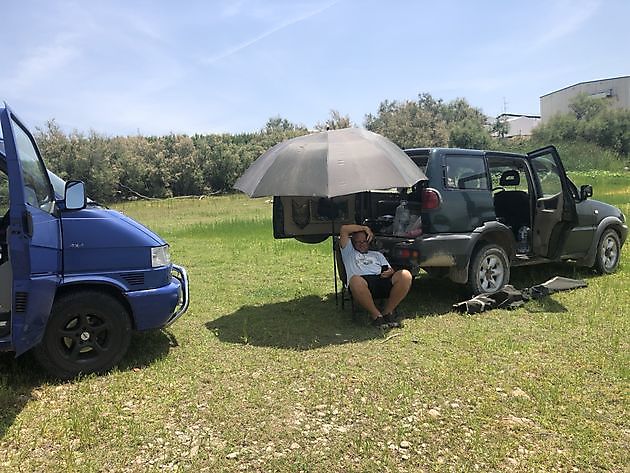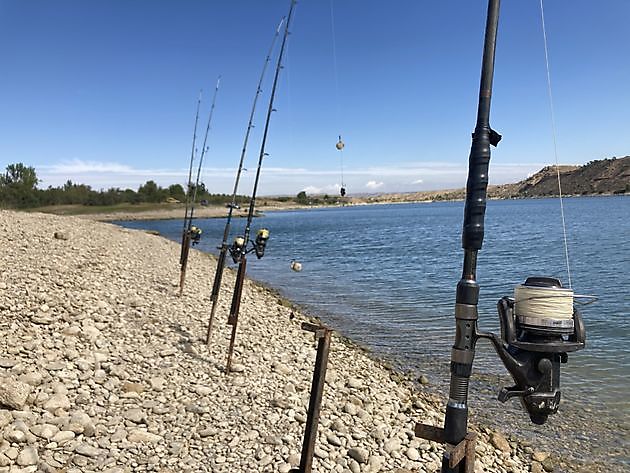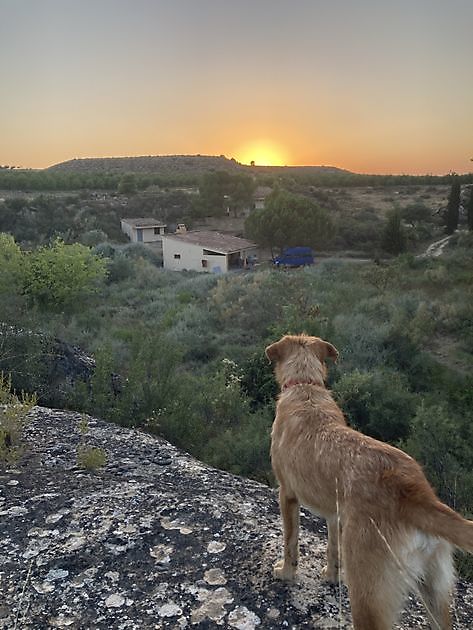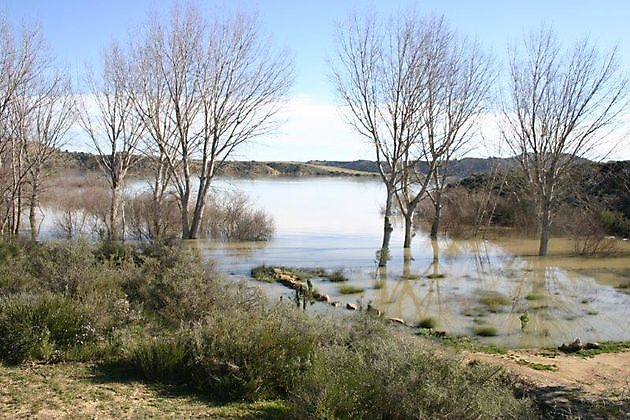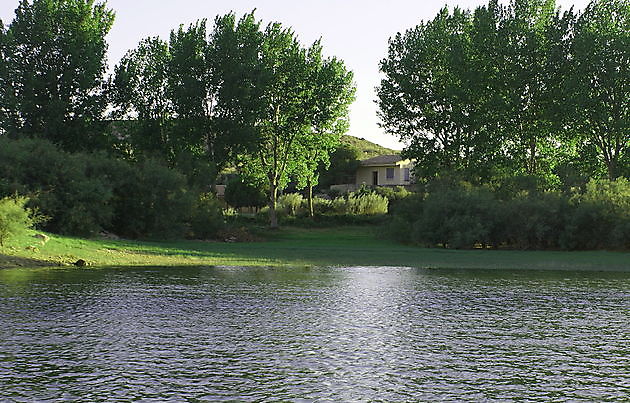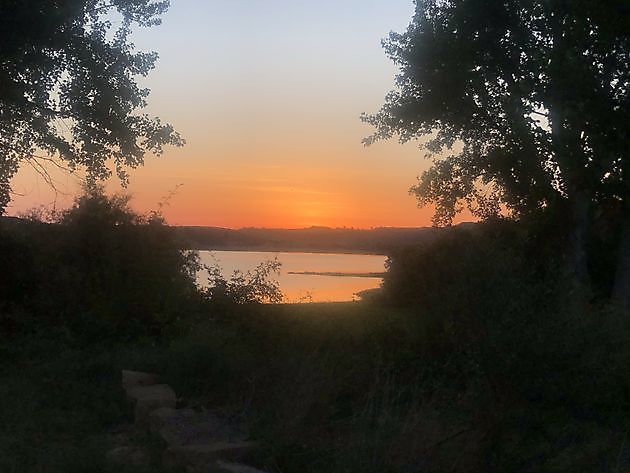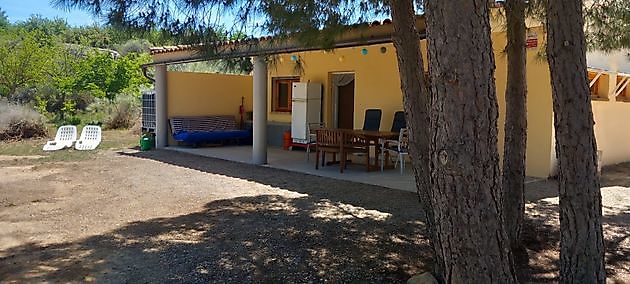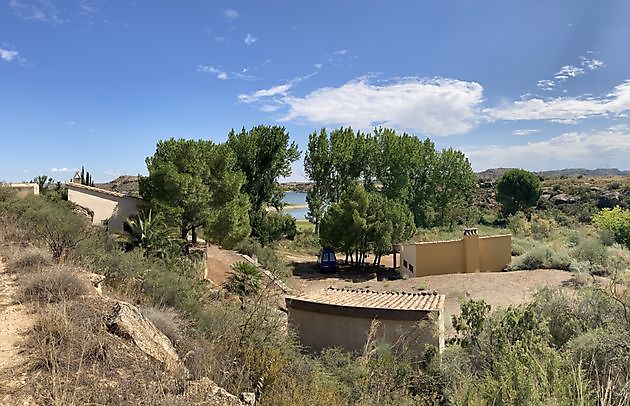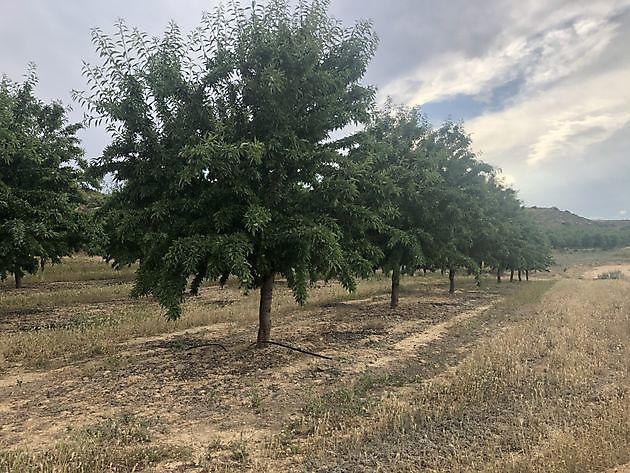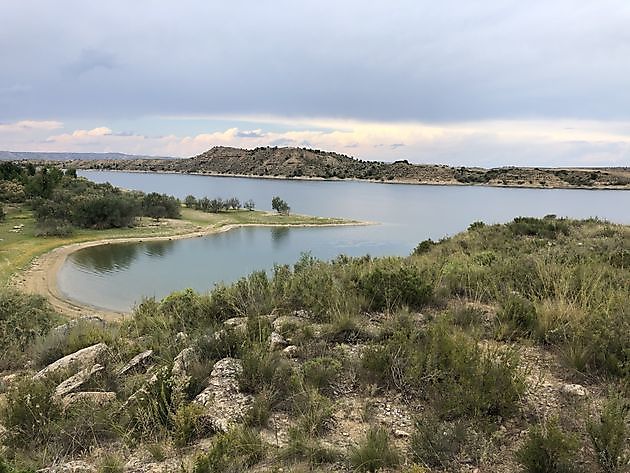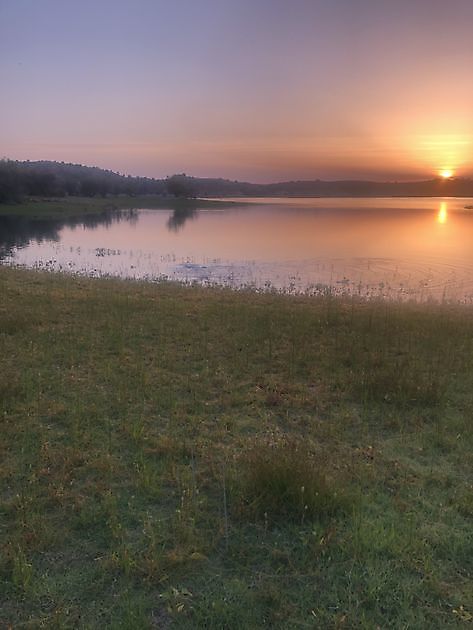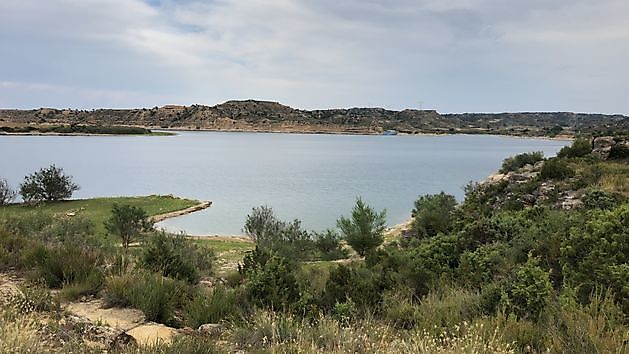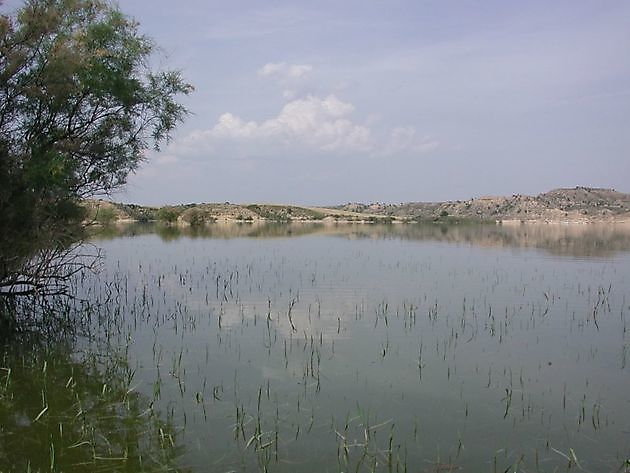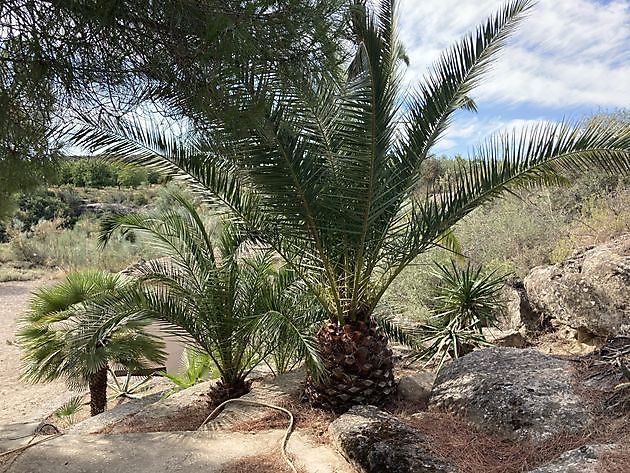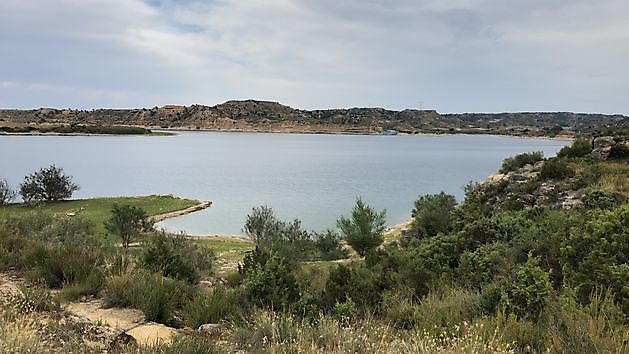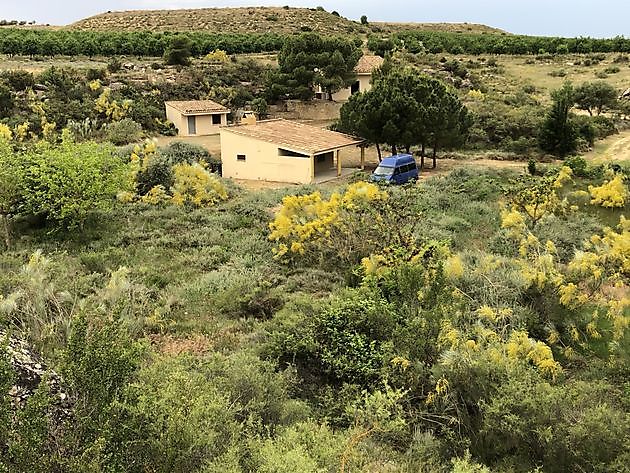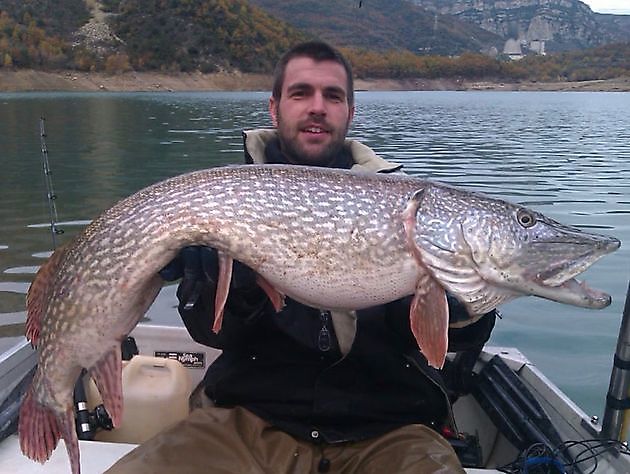Different fish species in the Ebro
Different fish species in the Ebro
Dragging a fish out of the water that is bigger than yourself? That's possible when you take a fishing holiday on the banks of the Ebro river, which flows into the Mediterranean.
Book your stay at Ceiton Bay Chalets and experience the fishing holiday of your life! Here you catch catfish of epic sizes, but also carp, zander, perch and black bass.
Which fish species live in the Ebro?
We are happy to list the different fish species that you will be able to catch because they appear frequently in the Ebro.
-
Catfish
European catfish (Silurus glanis) is a species of fish that belongs to the bony fish (Osteichthyes).
-
Carp
The European carp (Cyprinus carpio) is a bony fish from the order of carpids. The carp is recognizable by its 4 beard wires and the long dorsal fin with very strong first rays. In nature it can be 30 to 40 years and can be up to 120 cm long.
-
Zander
The zander (Sander lucioperca) is a freshwater fish from the family of the real perch (Percidae). The zander is about 120 centimeters long and can get 10 to 12 years old.
-
Perch
The perch (Perca fluviatilis) comes from the family of fish Real Perch (Percidae), which is native to the Benelux. Relatives of this species include the pike-perch and the pos.
-
Black bass
The black bass (Micropterus salmoides) is a major representative of the family of the sunbathers (Centrarchidae). With ideal living conditions, he can achieve a length of almost one meter and a maximum weight of 10 kilos. But most adult fish measure around 40 cm. Around the age of 5 years, female trout counts are twice as large as the males. The forelast lives on fish, crustaceans and frogs, crabs, salamanders, snakes, mice, turtles and even birds.
The catfish can be recognized by its flat mouth, its `round` body with a big belly and long tail. The catfish has six beard wires, a small dorsal fin and a long anal fin. He sees badly because of his small eyes. The hearing of the catfish is all the better.
The largest measured catfish measured no less than 278 cm and had a weight of 144 kg. On average, a catfish of around 25 years old measures 150 to 180 cm.
Food
A young catfish lives mainly from invertebrates that he finds at the bottom, but soon it starts to hunt larger animals. Bream, carp, eel and zander are beloved prey. But catfish also hunt waterfowl such as coots, amphibians and small mammals.
Appearance
The catfish is usually dark green to black at the top and silvery to white at the bottom. But it's also possible that you come across an albino (white fish with red eyes). This is common in the catfish.
Catch catfish
The excellent hearing of the catfish is used by fishermen. With wood a sound is created that attracts the catfish. Also the use of sound making bait is possible. Fishermen use live bait such as eel, crucian carp, gibbel or small carp, or lures such as plugs, rubber lures and spoons. When using bait fish, it is kept in one place with buoys and lead. Fishing with fish meal boilies or a bunch of dew peas as bait is also possible.
Carp fishing is very popular. Especially the use of the bolt rig system (self-hook system) with electronic bite indicator contributed to this.
Food
The young pike-perch eats small creatures such as water fleas. As he grows, he shifts to catching and eating larger prey, especially elongated fish.
Appearance
The zander is long and has a pointy head. The color of the pike-perch depends on the soil and the amount of light in the water and can be silver-gray to golden-brown. The zander has vague dark stripes on its side. The eyes are large and glassy, and gave the zander the nickname `glass eye`. Male walleye have a dark belly.
Fishing for zander
The zander is a consumption fish and is fished by both professional and sport fishermen. Because the fish uses his scent when catching food, he is caught with a strip of fish as bait.
Appearance
The perch has a high body, two dorsal fins and a distinctive pattern of (usually six) dark cross bands. At the back of the front dorsal fin the perch always has a black spot. The tail and the lower fins have an orange hue. The front dorsal fin as well as the belly and pectoral fins have hard jets with a sharp point, if you are pricked because of this it can be very irritating because of the mucus of the fish. The perch can be up to 60 centimeters long and 4.5 kilograms heavy, and about 16 years old.
Appearance
The young forelast is olive-green with a dark back, light-colored flanks and a white belly. On the side he has a dark, irregularly shaped band. Older fish are uniformly gray or dark olive green.
The shape of the body is spindle-shaped and flattened laterally. The head covers more than 25% of its total length. The dorsal fin is divided into two parts, the first part has 10 spines and the second part has 11 to 14 rays.
Stay in our chalets at Ceiton Bay
We hope to have sparked your enthusiasm for a fishing holiday on the banks of the famous Ebro River and look forward to seeing you at the Ceiton Bay chalets. Would you like to know more about our beautiful and fully equipped chalets? Take a look around our website. We are happy to help you with any questions!
Follow us on Facebook and stay up to date with all the latest news about sport fishing and fishing holidays in Spain.
Would you like to read more blog posts? Go to the page News/blog.





